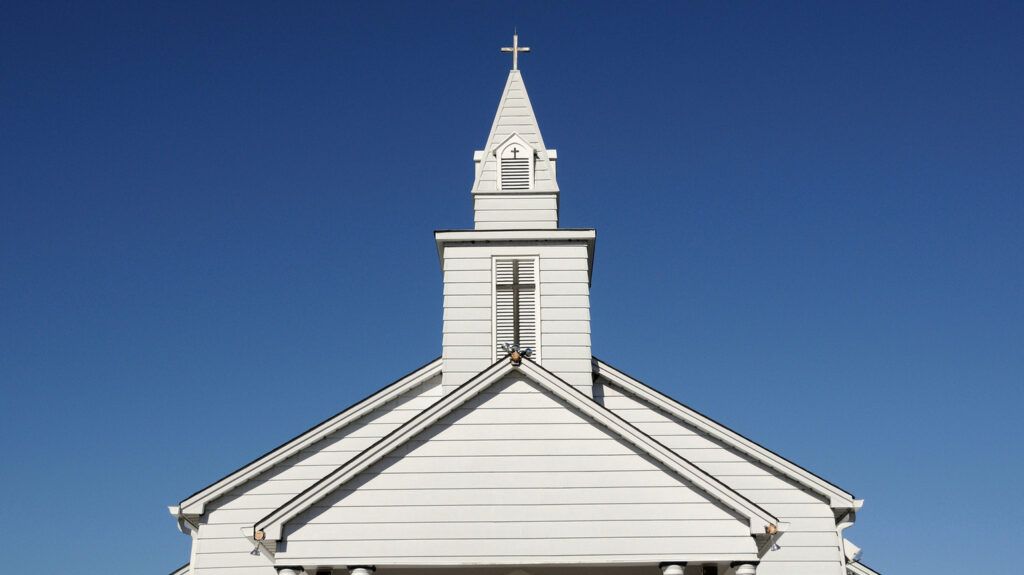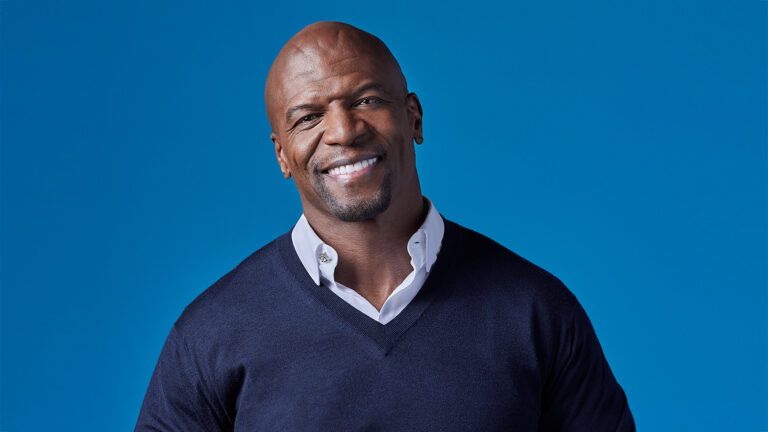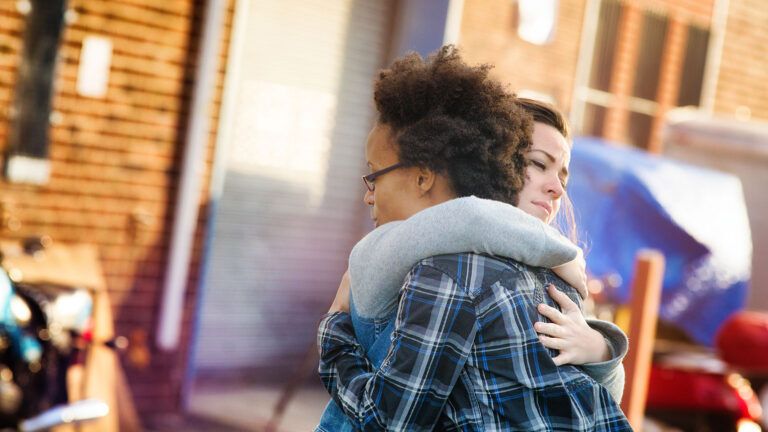Since March 2020, people around the world have been learning to cope with life during the Covid-19 pandemic. Church leaders have also had to adapt to the new landscape. While many church buildings have been physically shuttered—their mission-driven work continues.
Pre-Covid Days
Flash back to the days before Covid-19. In Brooklyn, New York, Pastor Rasool Berry had a busy schedule as the teaching pastor at the Bridge Church, a Christian worship and bible study church that focuses on community building in Brooklyn neighborhoods. Not only did he preach on Sundays, but he traveled for speaking engagements and organized community gatherings around the city. “Our church has a mission: Meet people where they are and help them grow,” says Berry. “We held church services but also hosted what we call city groups. We would meet in someone’s home and share a meal and a conversation together. The gatherings were very personal and spiritual.”
Nearly 1,200 miles south, in Dunedin, Florida, the Rev. Dr. Pablo R. Diaz was just beginning to get to know his community. He’d only recently moved from New York to the city of about 35,000 people on the Gulf Coast, just west of Tampa, to become an interim pastor at St. Andrew’s Presbyterian Church. “My early days were having meetings with church leadership, and getting to know the congregation,” says Diaz. “I started hosting two services a week and I hoped to soon transition to visiting folks in their homes.” But Diaz never got the chance. He only had seven Sundays with his congregation before their church was closed.
Rising to the Challenge
The pandemic hit hard. Hospitals became overcrowded; many people lost their jobs. At a time when so many people needed support, most church services were canceled, and smaller study groups and gatherings were no longer allowed. Berry and Diaz sprang into action.
“We immediately moved our sermons over to Facebook Live,” Berry says. “And the city groups started gathering via Zoom. Then we started to reach out to folks to see how we can support them.” Berry’s church set up an assistance fund online to help people pay their rent and other bills. They also added a mental health component to their work. “We already partner with counseling services,” he says. “And now it has become even more of a focus for us.” Berry recalls counseling a young woman in his congregation who lost six family members to Covid-19. “It was challenging because I wanted to physically go and see her,” he says. “But I was able to at least talk with her on the phone and give her guidance.”
To keep that community connection alive, Berry also started doing a Facebook Live every day, offering inspiring words, talking about fitness, or discussing mental health. “For me, the mission of our church has not changed, just the context,” he says. “We are still meeting people where they need us.”
In Florida, Diaz and his team had also quickly moved their sermons and smaller study groups online. Diaz also reaches out to members of his congregation, through phone calls, facetime, and emails. For Diaz, keeping this church community in contact with each other was key. “I started doing a weekly message on Facebook Live,” he says. “I gave church updates so people felt informed about what was going on.” After a while, the videos were so popular with his congregation, Diaz moved his church updates to different outdoor spots around the city, like a park or a main square in town. “I wanted to show them places they loved,” he said,” and bring some normalcy to their lives.”
What Diaz preached was also an important part of adapting to these strange times. He knew his congregants were scared, and he wanted to comfort them. “I used my pulpit to preach about things that speak directly to their fears,” he says. “I keep my sermons very practical and relevant.”
Hardships
As fast as pastors worked to adapt to these trying times, they both faced struggles. Diaz had the added challenge of trying to keep a community together that he had only just met. “At the end of the day, the church is about people and being present and sharing a journey of faith and life,” he says. “Not having contact with my congregation—not being able to break bread with them or have a cup of coffee —that was the hardest part. And as a transitional pastor, I had so little opportunity to build those relationships beforehand.”
Technology has also been a challenge. “It has been harder to reach the people who are not as easily acclimated to the technology,” Diaz says. “Or figuring out how to reach people without internet access.” He has started writing his sermons down and mailing them to those members who cannot join online.
Berry has also dealt with this problem. “I am constantly thinking about who we are missing, about who is falling between the cracks,” he says. “Every morning I pray for them, trying to think of who isn’t reaching out, who might be struggling. It was easier when we had a physical place to meet and check in with each other.”
As a pastor for a predominately Black church, Berry has also had to deal with the reality that Covid-19 has disproportionately impacted the African-American community. “This has really highlighted the issue of systemic inequality that we are always struggling with,” he says. “I try to talk about this to help people see these connections. It can be very frustrating. I want to tell people that I see them, that I know the situation. I want to speak the truth about these things not with despair and hatred, but with hope.”

Unexpected Blessings
Yet through it all, Berry and Diaz have both witnessed the strength of their communities—and humanity at large. “We have a ministry in our city that does a food pantry,” says Diaz. “Since the pandemic, the number of people requesting food increased. But members of the church truly stepped it up. Tons of people showed up to drop off food.” Diaz says members have also made the time to watch out for each other, checking in and going food shopping for people who couldn’t leave the house.
And moving into a virtual space has opened up more opportunities for connection among church members. “Because of Zoom, people who participated in study groups have been able to stay in touch with each other even after those groups ended,” Diaz says. “Those groups also usually end for the summer, but the members decided to keep it going because that connection was so important.” Some members who moved away are now able to stay in touch with their old church now that they’ve made the live streaming a permanent feature.
Berry has also found the technology to be an unanticipated comfort. “This whole thing has prompted us to move into the viral space and offer more content, more video messages,” he says. “Now some people are even able to interact with us from abroad.” Berry’s church has even built stronger connections with other churches throughout the city, as they all worked together to share their resources. “The city groups continued, too,” he says. “We usually do at most seven city groups at a time, but now we are looking to have 25 groups meet virtually soon.”
Lessons in Faith
Both Berry and Diaz say that along with having to learn new technology and new ways to connect, they have both also learned important lessons about their faith.
For Berry, it was looking back through history, at different times when the church has stepped up to help in the face of disease. “We are part of a historic moment, but we as a people have experienced this,” he says. “The legacy of Christian leadership during those times was their unwavering faith. I am part of a tradition that is deeper and goes beyond the moment we are in.”
Diaz also found himself looking back during this time. “This is a part of the human story,” he says. “And faith is the other part of that narrative.” Diaz’s faith comes in knowing that God has divine timing. While it might seem that moving across the country to a new church right before a pandemic was bad luck, Diaz doesn’t see it that way. “I never felt that I made the wrong decision,” he says. “Faith is stepping out of our comfort zone, even if we don’t know what the outcome will be. That’s what I had to do here and God has shown me He sent me here for a reason.”





